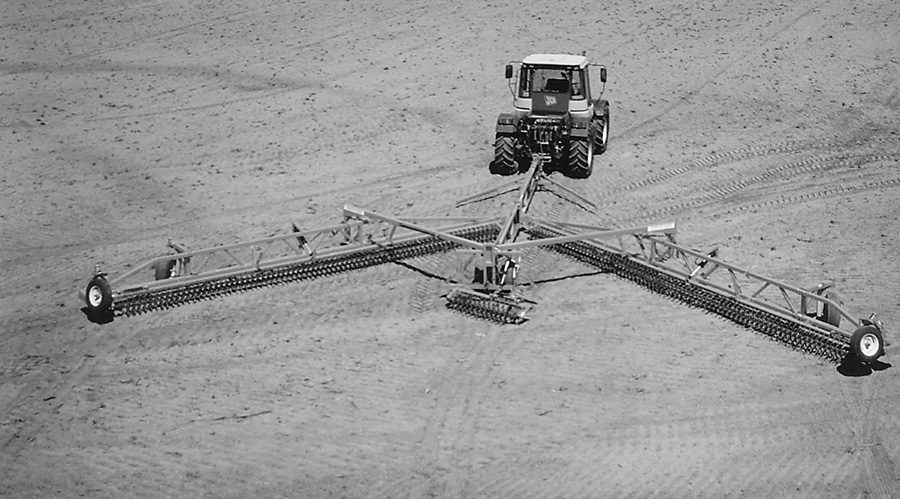No-Till Farmer
Get full access NOW to the most comprehensive, powerful and easy-to-use online resource for no-tillage practices. Just one good idea will pay for your subscription hundreds of times over.

Ask any no-tiller around the world what their biggest problem is and he’s likely to name moisture. Or at least put it among the top five concerns. If it’s not the folks on the east coast worried about a drought, it’s the folks in the Midwest concerned about drying out the field and being able to get out and plant on time.
Paul Mahoney of Appleton, Minn., and Bob Featheringill of Attica, Ohio, are no different.
These no-tillers have had their share of problems when it comes to overcoming cold, wet soils and decided that enough was enough and did something about it. Here’s how they made the best out of a soggy situation.
When you’re no-tilling 1,300 acres, you don’t let “little” problems like wet, cold soils slide. And Paul Mahoney is no exception.
“The wet spring of ‘95 didn’t let us get into our fields,” Mahoney explains. “It was then that we went looking for alternatives.”
Not wanting to ruin years of no-till by ripping his fields with conventional methods, Mahoney set about looking for a no-till friendly device that would preserve the rich nutrients that had accumulated in his fields throughout the years.
“Our neighbors had rented some machinery out of Canada that dried their fields out,” he says. “After investigation and a few phone calls, we got our hands on it and leased it for a number of really wet acres. It did…